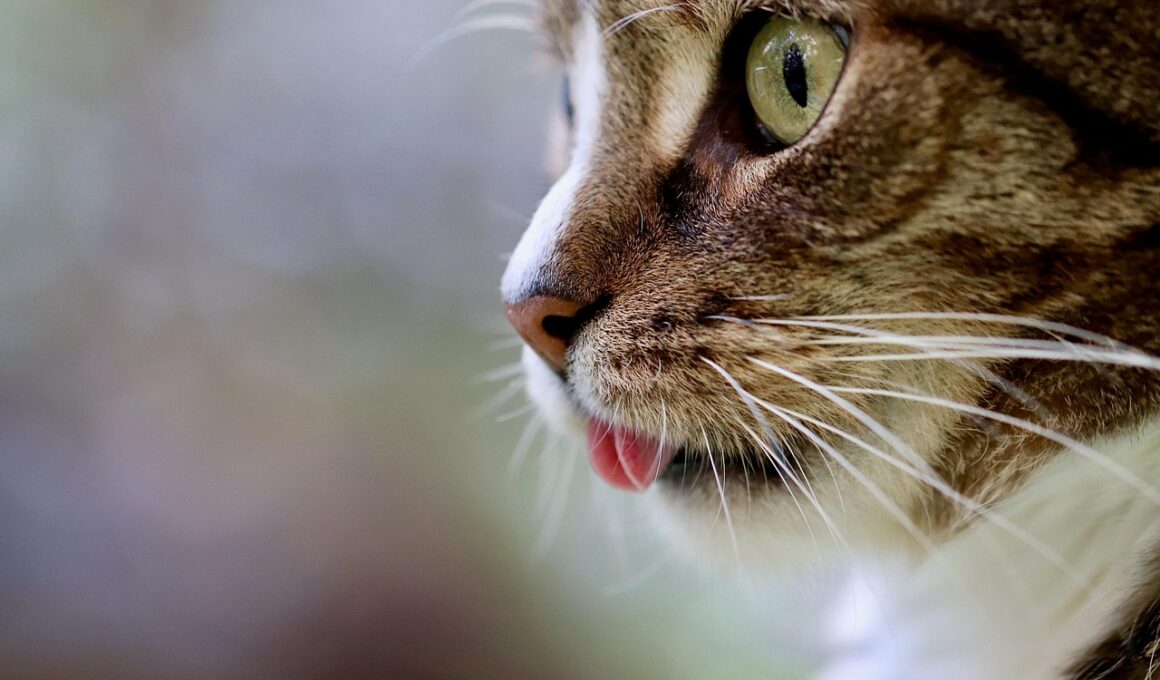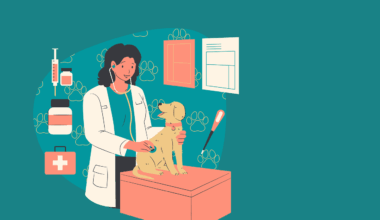When to Take Your Cat to the Vet: Identifying Concerning Symptoms
As a devoted cat owner, understanding when your feline needs a vet visit is crucial. Cats can be experts at hiding their discomfort, making it vital for you to observe any changes in behavior closely. Some subtle indicators may include changes in appetite or frequent grooming spots. If you notice your cat suddenly becomes less active and prefers to stay in a particular spot, this might signal an issue. Behavioral changes can indicate pain or illness, and paying attention is key. Monitor their litter box habits; if your cat starts to urinate frequently or shows difficulty doing so, it could indicate urinary tract problems. Another alarming sign is weight loss, which may stem from various health issues, including dental problems or underlying diseases. Always take note if your cat vomits frequently, as these episodes should not be dismissed lightly. Frequent vomiting could indicate a more serious health problem, like gastrointestinal issues or toxins. Engage regularly with your cat during playtime, and take the opportunity to examine them for any unusual lumps or masses.
Take a moment to assess your cat’s physical appearance as key signs of health issues. Changes like excessive scratching or grooming could suggest skin problems or allergies. Pay attention if your cat appears more irritable than usual, as this can often indicate pain or discomfort. Another symptom you should monitor is coughing or difficulty breathing, which can hint at respiratory conditions. If your cat seems to be breathing rapidly or labored, seek professional help immediately. A healthy cat will typically have a bright, alert expression along with clear, bright eyes. Any dullness in their demeanor or their eyes can give clues to their overall health status. Being observant of your cat’s coat can also reveal hidden health concerns. A shiny coat usually signals good health, while a dull or unkempt coat might suggest underlying issues such as parasites or nutritional deficiencies. Always remember that your intuition about your cat can guide you to seek veterinary assistance. Trust your instincts if something seems off, and do not hesitate to contact your vet for advice or to schedule an appointment.
Common Symptoms That Require Attention
Recurrent sneezing or nasal discharge can signal an upper respiratory infection, which is relatively common in cats. These symptoms might seem benign, but they can be quite uncomfortable for your pet. Similarly, if you observe your cat’s weight fluctuating, it is vital to consult with your veterinarian. Sudden weight gain could be a sign of fluid retention, while rapid weight loss can signify severe problems like cancer. Pay attention to how often your cat drinks water; increased thirst may indicate diabetes or kidney issues. Also, watch for changes in your cat’s food preferences, as they could signal dental pain or other health concerns. If you notice any bloating or swelling in your cat’s abdomen, or if they exhibit discomfort when touched, these symptoms should be taken seriously. They may signify underlying organ issues or gastrointestinal distress—prompt veterinary care may be necessary. Furthermore, if your cat appears lethargic and uninterested in activities they usually enjoy, this change should prompt a visit to the vet. Early diagnosis often leads to better outcomes, so don’t delay in seeking help.
It’s essential to consider your cat’s age when determining the need for vet visits, as older cats are more vulnerable to various health problems. Regular check-ups become increasingly vital as your cat ages, and these preventative measures can help catch symptoms early. Observing subtle changes becomes critical, as older cats may experience conditions like arthritis or diabetes. Routine blood work or check-ups can help identify slow-developing ailments that aren’t immediately apparent. The vaccination status of your cat is another factor to keep in mind. Ensure your cat is up to date with vaccinations to prevent common diseases. If you have any questions regarding vaccination schedules, don’t hesitate to ask your veterinarian for the best advice tailored to your cat’s needs. If your cat exhibits sudden or severe reactions to vaccines, be sure to contact your veterinarian promptly. This information can help them assess vaccination effectiveness. Furthermore, maintain an eye on your cat’s dental health. Bad breath or difficulty chewing can indicate dental disease, necessitating an examination from your vet to ensure optimal care.
Understanding Behavioral Changes
In addition to physical symptoms, pay attention to your cat’s behavioral patterns to help identify issues. Cats may express their discomfort through aggression or withdrawal, signaling that they are not feeling well. Sudden changes in social interactions can be a red flag. If your typically affectionate cat becomes withdrawn or hides more than usual, this change may be a clue of distress or pain. Moreover, any sudden behaviors such as increased vocalization can indicate anxiety or pain. Watch for changes in litter box habits; it’s critical to monitor if your cat is urinating more frequently or less than usual. Such changes could indicate urinary tract issues, which require immediate veterinary assistance. Similarly, changes in your cat’s eating habits, such as eating significantly less or more can be dangerous signals that necessitate a check-up. Establish a routine to give your cat a sense of security, which is essential in identifying any sudden changes. Love and attention during these times can help your cat feel more comfortable and allow you to observe critical changes that require further attention.
While taking time to evaluate your cat’s behavior, it’s crucial to keep a close eye on their grooming habits. Excessive grooming may suggest stress, anxiety, or skin irritation, while neglect could signal health problems. Make it a habit to regularly check your cat for signs of fleas or ticks as well. Tick and flea infestations can lead to a variety of health problems if left unchecked, leading to more severe complications. Cuts, bruises, or unusual lumps should be checked out by a vet right away, as they could signify infections or tumors. Ensure you also note their response to environmental factors, such as changes in humidity or temperature. Some cats may react adversely to changes in their surroundings, and this can impact their overall well-being. Ensure your home is cat-friendly and stress-free, as a comfortable environment is essential for their health. Regular interaction and attention can help address potential issues early on, allowing you to enjoy a long and fulfilling companionship with your beloved feline friend. Do not hesitate to reach out if you’re ever uncertain about any symptoms.
When to Seek Professional Help
In summary, recognizing signs of illness in cats is crucial for timely intervention. If you observe continuous or worsening symptoms, make an appointment for your cat as soon as possible. Keep in mind, minor changes might escalate over time. Early detection is essential. Sudden changes in behavior or physical appearance should be addressed with your veterinarian. Keeping a detailed record of your observations can help during a vet visit, providing your veterinarian with needed context and clarity. Documenting any changes in behavior, eating or drinking habits, and physical symptoms will help streamline the examination process. Additionally, a reasonable and factual account of any changes can aid diagnosis and streamlining a treatment plan that works for your cat’s specific needs. Your cat’s well-being should always be your top priority, and establishing a solid relationship with your veterinarian can provide peace of mind. Trust your instincts and maintain open lines of communication with your vet to ensure you can address any concerns efficiently. Taking preventive steps can ensure a happier and healthier life for your feline companion.
To further enhance your understanding, consider educating yourself about feline health. Resources such as books, online articles, and reputable websites can provide an extensive knowledge base. This information will not only help you recognize signs of illness but also equip you with tips for overall wellness. Joining a local or online cat owners’ group can also provide support and answers to your questions. Sharing experiences helps create a network where pet owners can exchange valuable insights. Engaging with other owners might alleviate uncertainties and provide shared knowledge about specific symptoms. Staying informed allows for better decision-making regarding your cat’s healthcare. Furthermore, keeping your environment safe is also crucial to your cat’s health. Remove harmful plants or chemicals that could pose risk if ingested, and create a space where your cat can explore safely. Regularly servicing your home for pests such as fleas can prevent infestations. Proper sanitization of their environment helps maintain optimal health. Periodically check their surroundings to ensure their environment is safe. Concluding, your attentiveness and proactive approach greatly contribute to ensuring your cat leads a long, healthy, and happy life.


